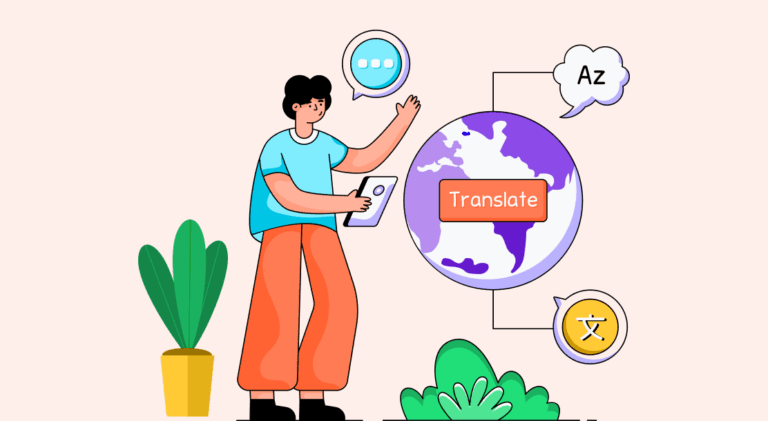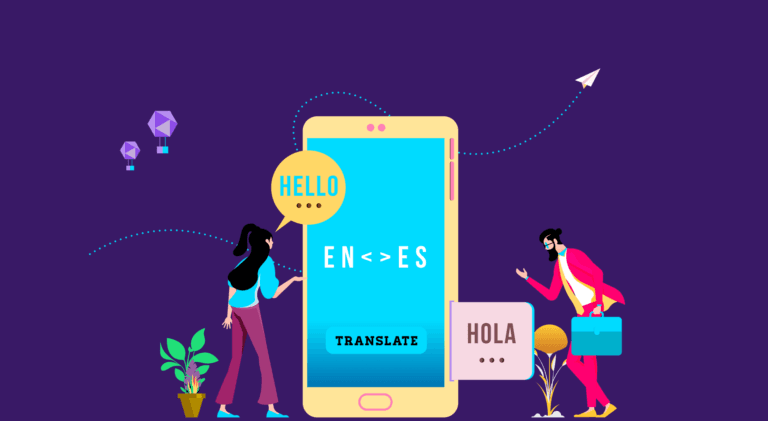7 Common Translation Errors and Tips to Avoid Them

Table of Contents
- 7 Common Translation Errors and How to Avoid Them
- Key Takeaways
- Conclusion
- FAQs
Like in all other aspects of content, errors are common to occur in the process of translation as well. Although translation sounds like an easy task, it is much more than just taking words and finding their equivalents in the target language. The context of words and their variations can be a tricky realm of language, and because of this, translation errors are a common occurrence. The translation is highly technical and complex. At times, highly qualified, experienced individuals have difficulty getting syntax, terminology, idioms, context, and cultural meanings right. But common translation errors can be avoided with a few smart translation tips,


7 Common Translation Errors and How to Avoid Them
While translation is not an easy job, with a few careful steps and following some industry best practices, one can keep the common translation errors in check. Here are seven common errors in translation that are likely to occur now and then, and quick translation tips to avoid them.
1. Word for word translations
One of the most common translation errors is translating word for word. Translating a text does not mean changing the text from source to the target language; it is more than just that. It is the process of changing the text into another language, keeping the message’s meaning intact.

Each language follows a different set of rules, adheres to a separate structure and style, and has its own subject-verb agreement. Text cannot be translated verbatim. It has to be translated contextually so that it is close to the actual meaning of the source text.
2. Tone and style
It is not only important to know the style and tone of the target language when translating a document or text, but it is also essential to have basic knowledge of the style of the document you are translating. There is a marked difference between a legal document and a medical report, and both require separate skills for translation. Understanding the right tone is crucial. Using incorrect tone and style is one of the most common translation errors.
3. Saying yes to more work than you can manage
One of the common issues noticed with translators and many other niche writers is that they are often fatigued by the burden of too much work. On average, a professional translator can work with 2000 words per day. However, this could highly differ from person to person and situation. But among the commonly observed translation errors is work fatigue due to more work than one can handle. This will undoubtedly lead to careless translation mistakes.
4. Lack of clear communication
Poor communication with the clients or your team members is one of the translation errors that can be quickly nipped in the bud.

Maintain a clear channel of communication. Ask if you have queries and clear all potential doubts before the translation process begins. The deadline, specific requirements related to the project, client expectations, etc., should all be discussed in the early stages of the work.
5. Not using the right words
If a translator does not have substantial experience, this is one of the translation errors likely to occur. The most crucial part of translation is to use words in the proper context. There are often words, phrases, idioms, or sayings that do not have an exact equivalent in the target language. Instead of forcefully concocting words to change them into the target language, it is rather wise to leave them as they are. Not every single word has to be translated.
6. Moving away from simplicity towards exaggeration
Exaggeration is a common occurrence even in writing. When we are rephrasing, summarizing, or translating a text, we tend to exaggerate the meanings of a few words. This can happen in an attempt to make a diligent effort without you even noticing it. But steer clear from falling into the exaggeration trap. It can be avoided by clearly asking the client about their needs pertaining to the document and using simple language. There is no need to make the translated text appear complicated.
7. Translating into a language you do not have expertise in
To be a professional translator, you must be completely proficient in a specific language. If you accept work, your knowledge of both the source language and the target language needs to be impeccable. If you are not proficient or specialized in a specific language, translation errors will be unavoidable. This would directly hamper your future opportunities and credibility as a translator.

Key Takeaways
- One of the most common translation errors is translating word for word. Text cannot be translated verbatim.
- It is not only important to know the style and tone of the target language when translating a document or text, but it is also essential to have a basic knowledge of the style of the document you are translating.
- Amongst the commonly observed translation errors is work fatigue due to more work than one can handle. This will undoubtedly lead to careless translation mistakes.
- Poor communication with the clients or your team members is one of the translation errors that can be easily avoided.
- There are often words, phrases, idioms, or sayings that do not have an exact equivalent in the target language. Instead of forcefully concocting words to change them into the target language, it is rather wise to leave them as they are.
- Exaggeration can be avoided by clearly asking the client about their needs pertaining to the document and using simple language.
- If you accept work but are not proficient or specialized in a specific language, translation errors will be simply unavoidable.
Conclusion
To avoid common translation errors, always ensure that you do not accept work outside your expertise or area of comfort. Say yes to topics or niches you are familiar with. Keep yourself updated with the latest trends in the field you specialize in and the nuances of the languages you offer your translation services in.
FAQs
The most frequent translation errors are syntactic, followed by semantic errors. Some of the other significant errors likely to occur in translation include the usage of incorrect phrases, wrong words, inconsistency in the tone or style, incorrect word-to-word translation, etc.
1. Legal translation
2. Judicial translation
3. Medical translation
4. Financial translation
5. Literary translation
6. Technical translation, etc.
The process of translation can be divided into three broad stages. The first is translating the text from the source language to the target language. The second stage comprises editing the translated text, and the third and final stage is proofreading the text to ensure that it is accurate and free of error.
While machine translation is sure a faster and cheaper method of translation, its major drawback is that the translated text could be inaccurate in terms of context and localization of a language.
Translation is essential for people across the globe to communicate better and easier. Since not everyone can master all the world’s languages, translation bridges the communication gaps by allowing us to share ideas and knowledge even with people who speak an entirely different language.
Latest Blogs
Explore how Google’s 2025 AI search updates triggered ranking chaos. Learn actionable strategies to adapt your SEO for AI Overviews, zero-click searches, and SERP volatility. Stay ahead now.
Learn how to rank on AI search engines like ChatGPT, Perplexity, and Gemini by optimizing your content for authority, structure, and relevance. Stay ahead in AI-driven search with this strategic guide.
Explore the best healthcare SEO services for your medical practice. Improve online visibility and effectively reach more patients in need of your services.
Get your hands on the latest news!
Similar Posts

Translation
5 mins read
All You Need to Know About Language Translation and Terminology Management

Translation
5 mins read
6 Reasons to Translate Content into German

Translation
5 mins read